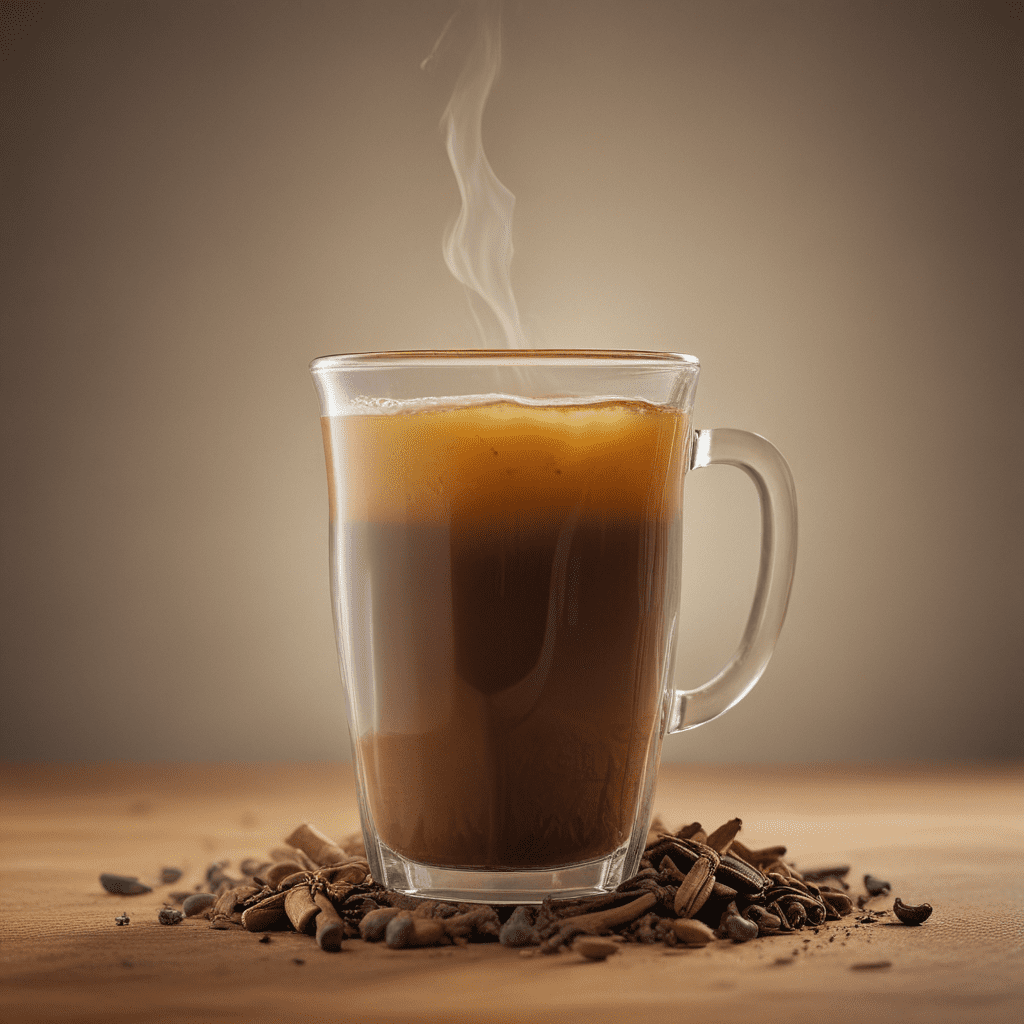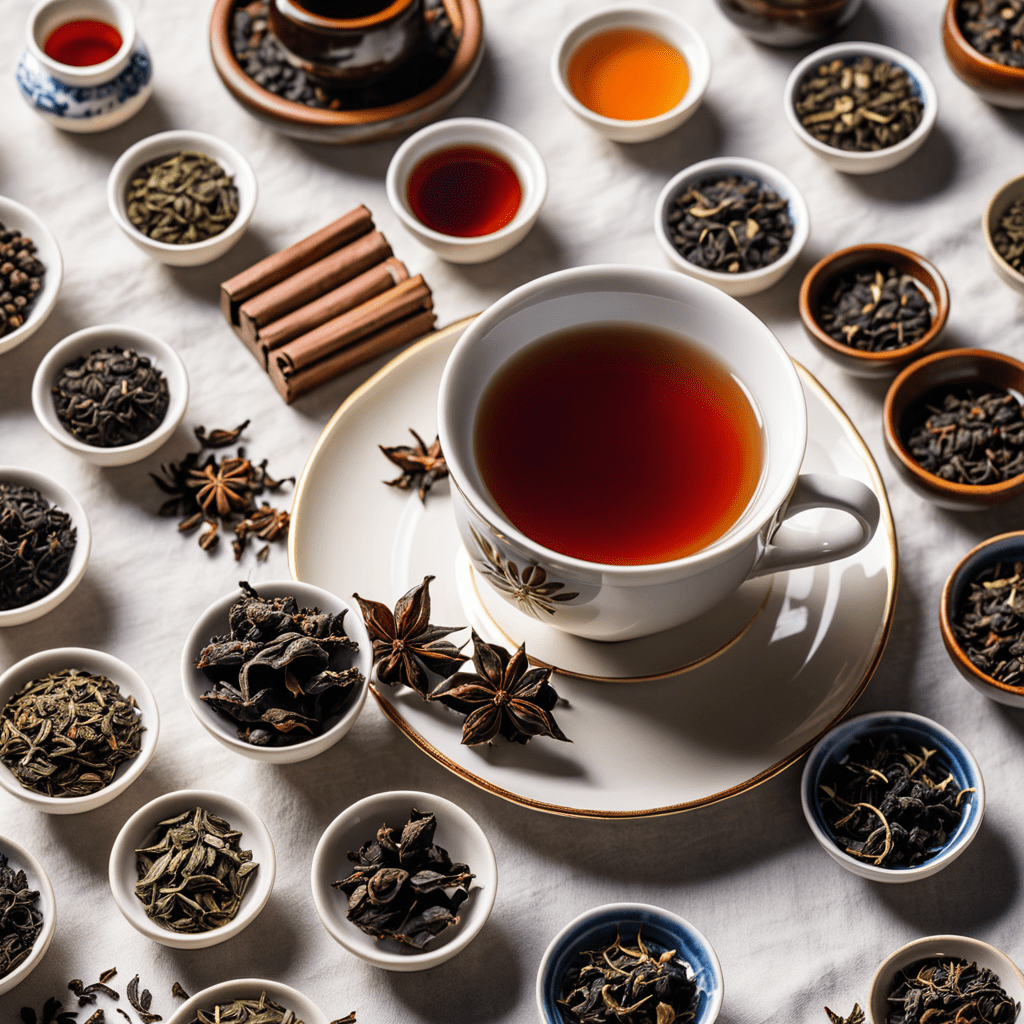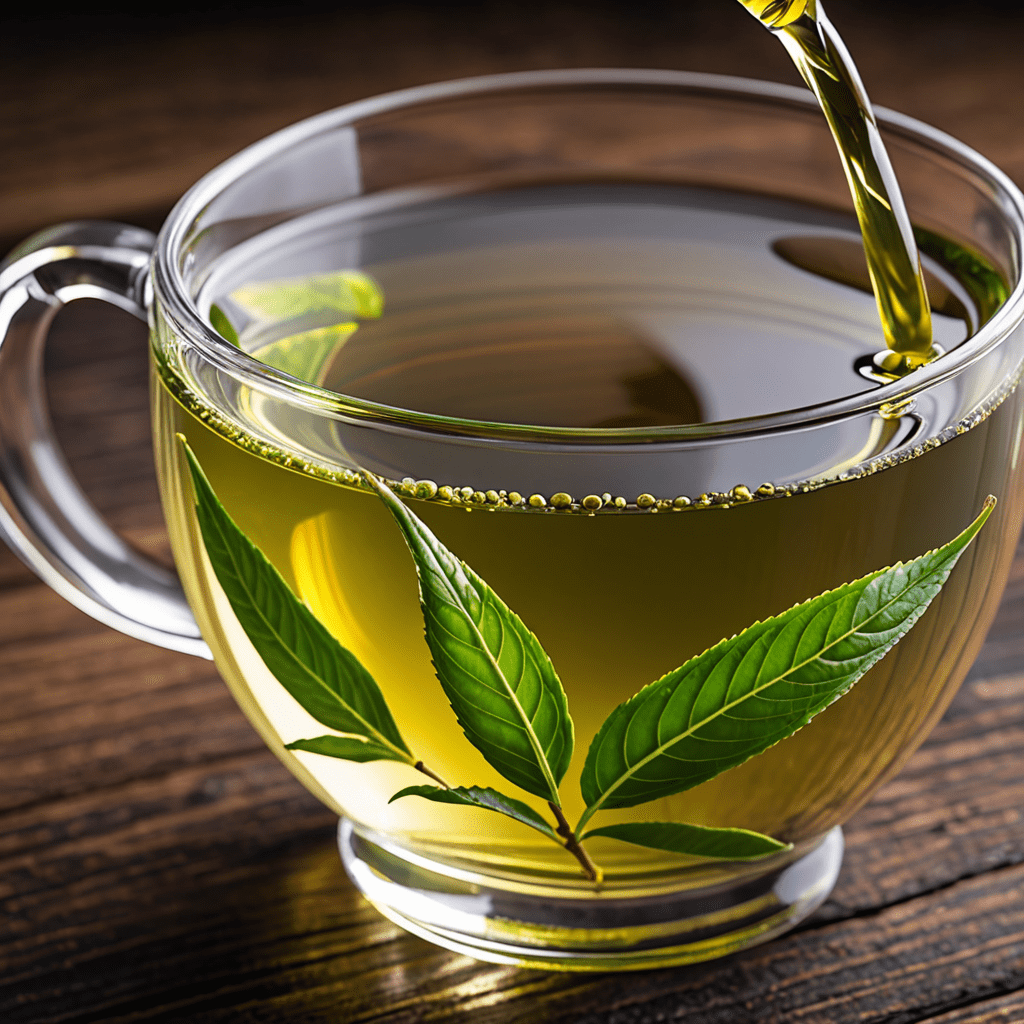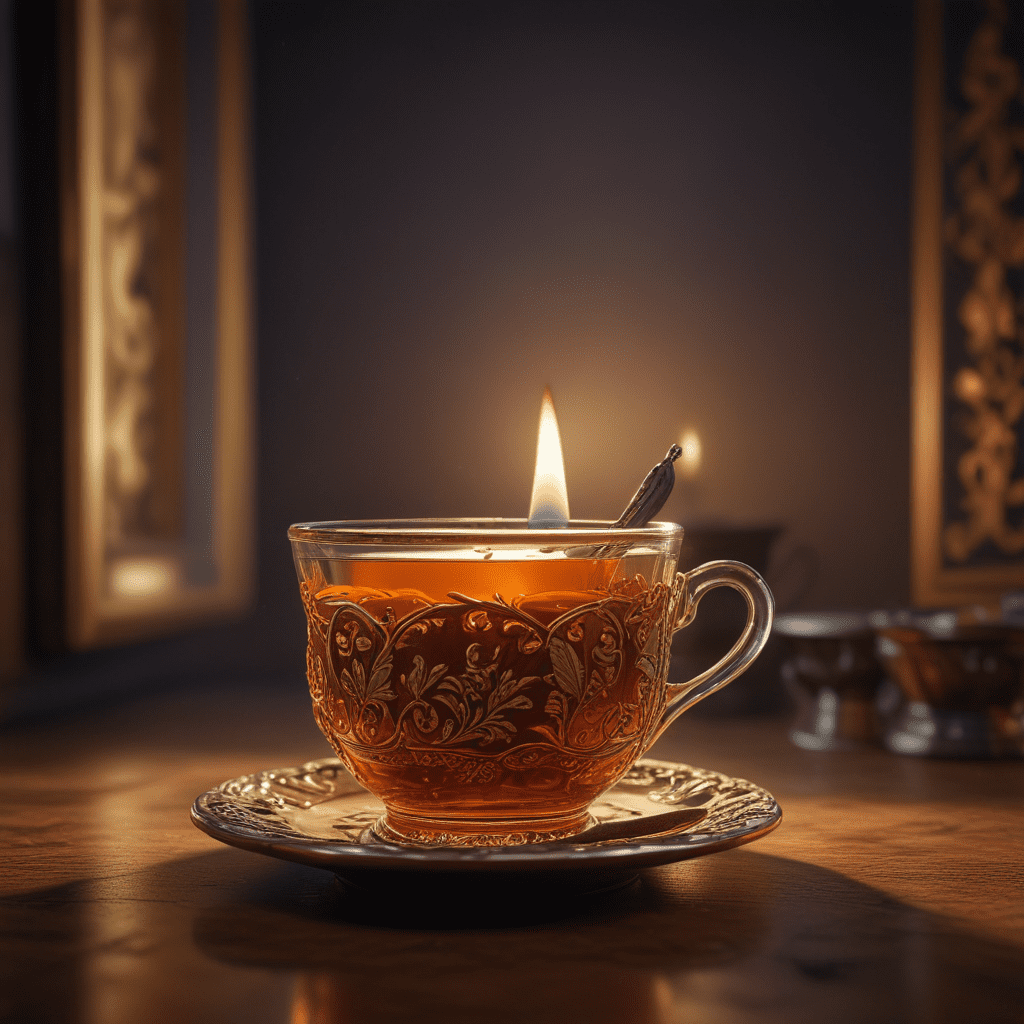
Chai Tea: A Cultural Staple in Indian Cuisine
Chai tea, an aromatic blend of black tea, spices, and milk, holds a cherished place in Indian culture. Its enticing aroma and comforting taste have made it an indispensable part of daily life, social gatherings, and festive celebrations.
1. Introduction: Chai’s Significance in Indian Culture
Chai tea is more than just a beverage in India; it is a cultural symbol deeply entwined with the fabric of society. It transcends regional boundaries, uniting Indians from all walks of life. The shared experience of sipping chai fosters a sense of community and warmth, making it an integral part of the country's social landscape.
2. Origin and Historical Evolution: Chai’s Journey in India
The origins of chai can be traced back to the 19th century when British colonialists introduced black tea to India. Over time, Indians incorporated local spices and milk into the tea, creating a unique and flavorful concoction. Chai quickly gained popularity, becoming a beloved beverage enjoyed by people of all ages and backgrounds.
3. Ingredients and Preparation: The Magic Behind a Perfect Chai
The essential ingredients of chai tea include black tea leaves, milk, and a blend of aromatic spices. The most common spices used are cardamom, cinnamon, ginger, black pepper, and cloves. The preparation of chai is an art form, with variations in the proportions of ingredients and brewing methods. Typically, the tea leaves and spices are boiled together in milk and water, creating a rich and flavorful brew.
4. Chai Variations: Beyond the Traditional Masala
While masala chai (spiced chai) is the most popular variation, there are numerous regional variations of chai in India. Some common variations include: Kashmiri chai: a pink-colored chai made with saffron and almonds. Assam chai: a full-bodied chai with a strong black tea flavor from the Assam region. Lemon chai: a refreshing chai with the addition of lemon juice.
5. Social Importance: Chai as a Cornerstone of Community
Chai is not just a beverage; it is a social lubricant that brings people together. Chai stalls are ubiquitous in India, serving as informal meeting places where people from all walks of life gather to socialize, share stories, and connect with their community. The shared experience of sipping chai fosters a sense of belonging and camaraderie.
6. Economic Impact: Chai’s Contribution to Indian Livelihoods
Chai is a significant contributor to India's economy. Chai stalls are a vital source of income for many small businesses and provide employment to millions of people. The tea industry as a whole, from cultivation to distribution, plays a crucial role in India's agricultural sector. The demand for chai creates jobs and supports livelihoods across the country.
7. Health Benefits: Chai’s Aromatic and Medicinal Qualities
Beyond its cultural significance, chai tea is also valued for its potential health benefits. Spices like ginger, cardamom, and cloves have anti-inflammatory and antioxidant properties. Chai is believed to aid in digestion, boost immunity, and alleviate cold and flu symptoms. Additionally, the black tea in chai contains caffeine, which can provide a boost of energy.
8. Cultural Symbolism: Chai’s Role in Festivities and Traditions
Chai is an integral part of Indian festivities and traditions. It is served during religious ceremonies, weddings, and social gatherings. Chai is also a symbol of hospitality, offered to guests as a gesture of welcome and warmth. During Diwali, the festival of lights, special chai preparations are made, often infused with saffron and almonds.
9. Chai as an Art Form: The Aesthetics of Chai-Making
The preparation of chai is an art form in India. Chai-makers take pride in their skills, carefully balancing the flavors and aromas of the spices and tea. The pouring of chai from a height, known as "chai-giri," is a technique that adds a touch of flair and enhances the aeration of the tea.
10. Future of Chai: Innovations and Global Popularity
The popularity of chai has extended beyond India's borders. In recent years, innovative takes on chai have emerged, such as chai lattes, chai-spiced desserts, and tea-infused cocktails. Chai is also gaining popularity in health-conscious communities worldwide due to its perceived health benefits. As the demand for chai grows internationally, the future of this beloved beverage looks bright.
FAQs
What is the difference between chai tea and regular tea?
Chai tea is a blend of black tea with aromatic spices, such as cardamom, cinnamon, and ginger. Regular tea, on the other hand, typically refers to unflavored black, green, or oolong tea.
How do you make chai tea at home?
To make chai at home, you will need black tea leaves, milk, water, and your preferred spices. Combine the tea leaves, spices, water, and milk in a saucepan and bring to a boil. Reduce heat and simmer for 5-10 minutes, or until the desired strength is reached. Strain and serve hot.
What are the health benefits of chai tea?
Chai tea is believed to have various health benefits due to the spices it contains. These spices possess anti-inflammatory, antioxidant, and antimicrobial properties.
Is chai tea good for weight loss?
While chai tea may aid in digestion, it is unlikely to promote significant weight loss on its own. However, consuming unsweetened chai tea in moderation may support a balanced diet and healthy lifestyle.


